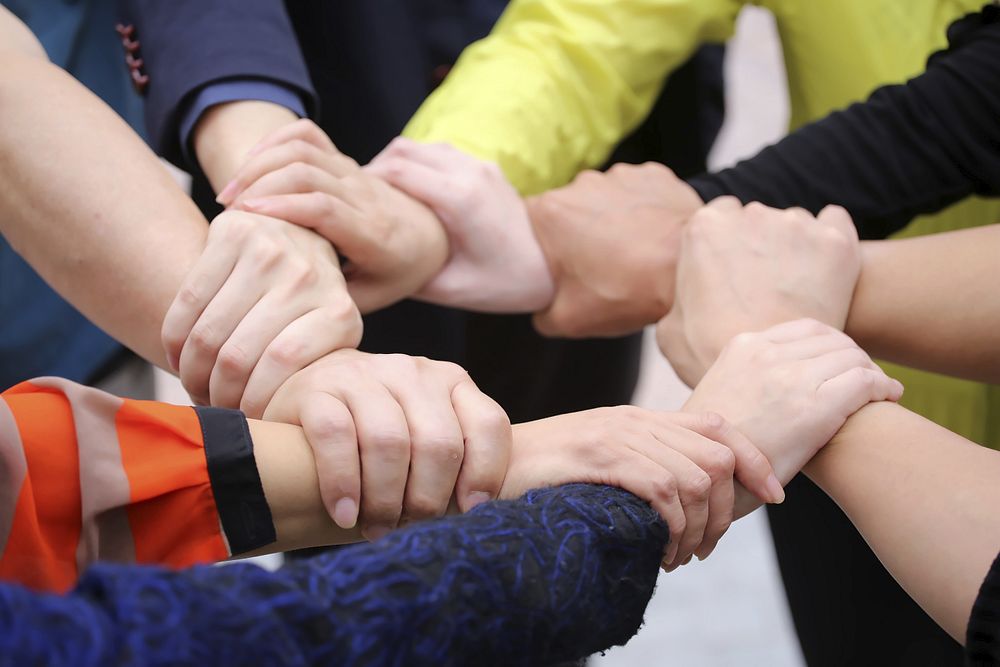Isolations, numbness, feelings of being extremely overwhelmed are all feelings that are associated with one’s mental health struggles. While these feelings can affect all types of people from all backgrounds of life, there has been an increasing rate of men who suffer from mental health struggles, with an increasing rate of suicide. The negative stigma associated with male mental health, the idea that it is embarrassing, is the main contributor to many men who do not seek help when struggling with their mental health.
While poor mental health in men is more prevalent than in women, stigmas such as “toughening up” make it less likely for men to seek help. As society has become increasingly more competitive, success has become equivalent to one’s worth, causing many to become more isolated and hopeless. This is heightening the pressure that many men feel to succeed for themselves as well as their families. While these stigmas are extremely real, cultural, socioeconomic, and stresses such as parenthood are also factors that contribute to one’s mental health.
These negative stigmas can be extremely prevalent as only one and ten men receive an actual diagnosis, and only half of those receive help. Men tend to have access to more dangerous objects and are four times as likely to die by suicide than women who attempt to commit suicide.
While men make up 50% of the population, in 2021, the male suicide rate was four times higher than female suicide rate, at 80% . A main contributors to these high rates include sexual orientation and gender identity due to feelings of isolation. Similarly, suicide rates in veterans and those who worked in unsafe conditions are also extremely prevalent as they experience severe post traumatic stress disorder. As of 2021, 30,000 post 9-11 veterans have died by suicide compared to the seven thousand killed in combat.
The negative stigma associated with male mental health in the idea that it is shameful to struggle. With the concept of “Man up,” this deep rooted idea that men should not discuss their emotions is clearly expressed through the lack of services being used or provided. When a person is less likely to ask for support, their suicide rate often increases.
It’s extremely important to note the signs or depression and suicide depression can be seen in all people; whether that be a person who seems very isolated, or someone who comes across as happy. If you notice irregularities in a person such as isolation, loss of interest in activities that once brought joy, destructive behaviors, and more, you can contact Suicide Preventation and/or local enforcement. There are so many resources available for those struggling.





![[Charlie Kirk] by [Gage Skidmore] is licensed under [CC BY-SA 2.0].](https://flhsprospect.com/wp-content/uploads/2025/09/charlie-kirk-article-1200x800.jpg)

